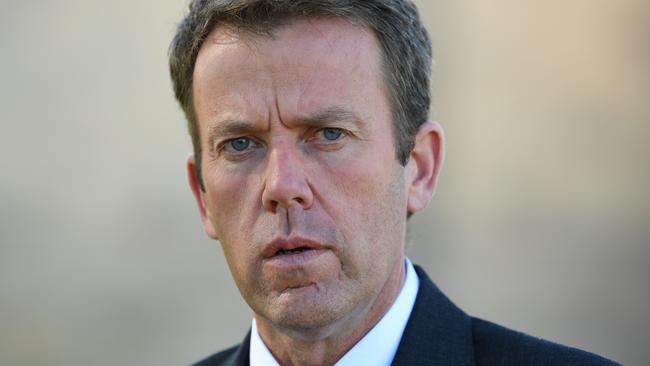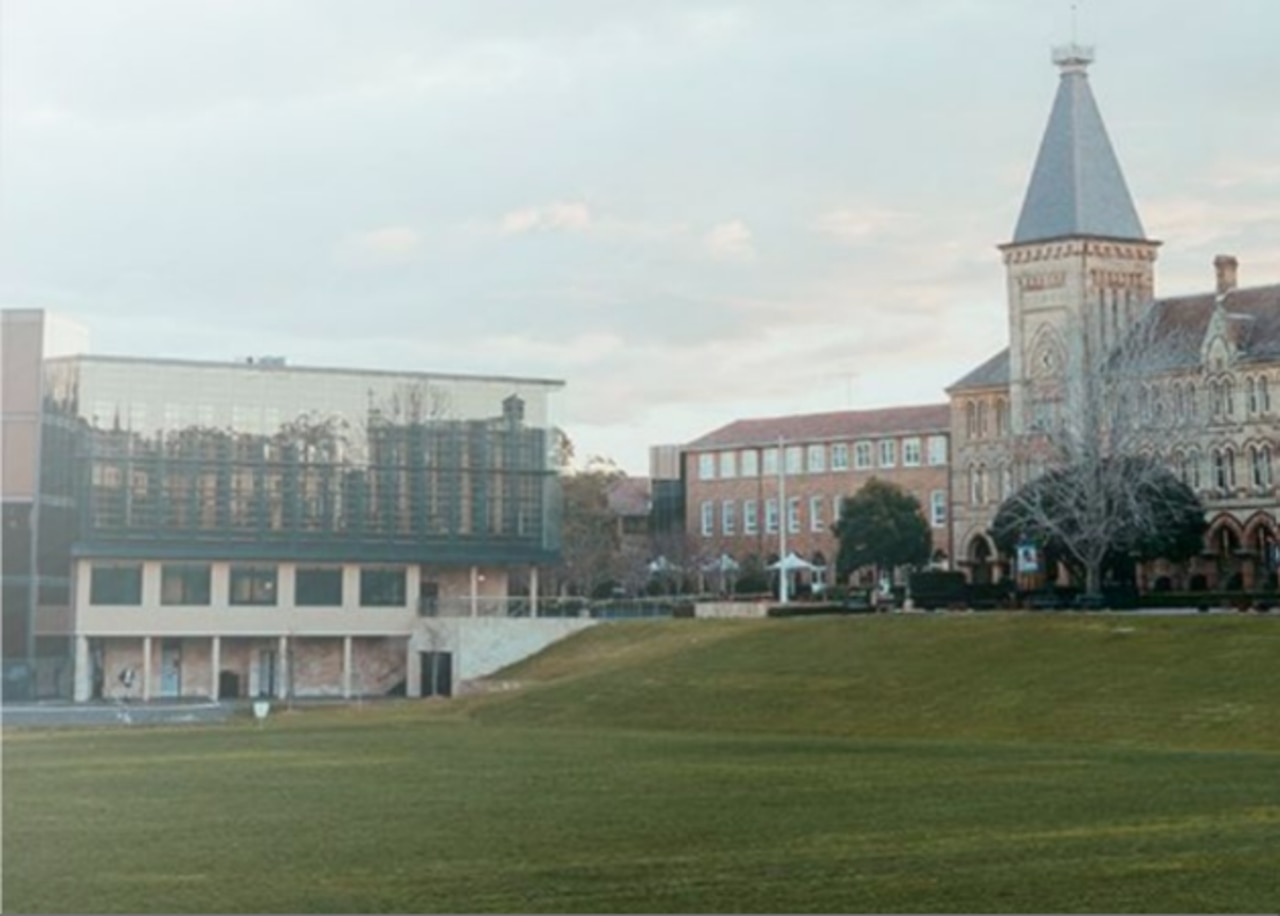$4bn deal to avert Catholic and independent schools backlash
The PM is promising at least $4bn in funding to appease Catholic and low-fee independent schools facing campus closures.

Scott Morrison is promising to pump at least $4 billion into schools funding under a complex new deal to appease Catholic and low-fee independent schools facing campus closures and fee rises under former education minister Simon Birmingham’s policies.
The deal was being finalised last night in talks between new minister Dan Tehan and the Catholic sector, led by Sydney Archbishop Anthony Fisher, and independents.
It is expected to be ratified by national schools bodies.
The government, which faced a potent marginal-seats campaign from the Catholic schools sector, has insisted the deal will be a “sector-blind” agreement and the final budget allocation will be vastly higher than predicted earlier this year.
The deal will differ in part from the strategy adopted by former prime minister Malcolm Turnbull and will go beyond just resolving differences over the discredited socio-economic-status funding model. It is understood the deal offered under Mr Turnbull was worth about $3.8bn.
The government was cautious last night to ensure the deal was signed by both the Catholic and independent sectors. At the heart of the new deal will still be the dysfunctional SES system, which was biased against Catholic and low-fee independent schools because it failed to adequately measure parental capacity to pay fees.
Secrecy agreements forced on the affected parties have largely prevented details of the negotiations being leaked but there has been a recognition that low-fee, non-government schools were smashed under the Birmingham SES formula. The final arrangements will be highly complex and provide significant assistance to both the Catholic sector and independents. The Catholic sector was estimated to be at least $3.4bn worse off under the Birmingham-era SES deal.
The current system estimates how much parents can afford to pay based on where they live.
Each family is assigned to a neighbourhood of about 200 households, and judged to have the average characteristics of that neighbourhood. However, that means an elite boarding school can be judged to be poorer than an inner-city Catholic or low-fee independent school.
A senior Liberal MP said the government would struggle to gain political capital from the deal because of the delays in signing off on the agreement.
“It has taken far too long to get this done,” the Liberal MP said.
“Simon Birmingham cocked it all up, but this won’t be a vote-winner. All it will do is throw a bucket of money at a problem and it won’t win us any votes. The damage has been done.’’
In July, the review of the government’s SES funding model confirmed the Catholic sector’s criticism of a system that was biased against low-fee non-government schools.
The government said at the time it would not deal fully with the issue until well after the next election, opening up another front for Labor on the issue.
The government is exposed to a voter backlash in 13 marginal seats along the east coast. Analysis of the 13 seats in NSW, Queensland and Victoria shows almost 70,000 children were Catholic-educated in those seats in 2016.



